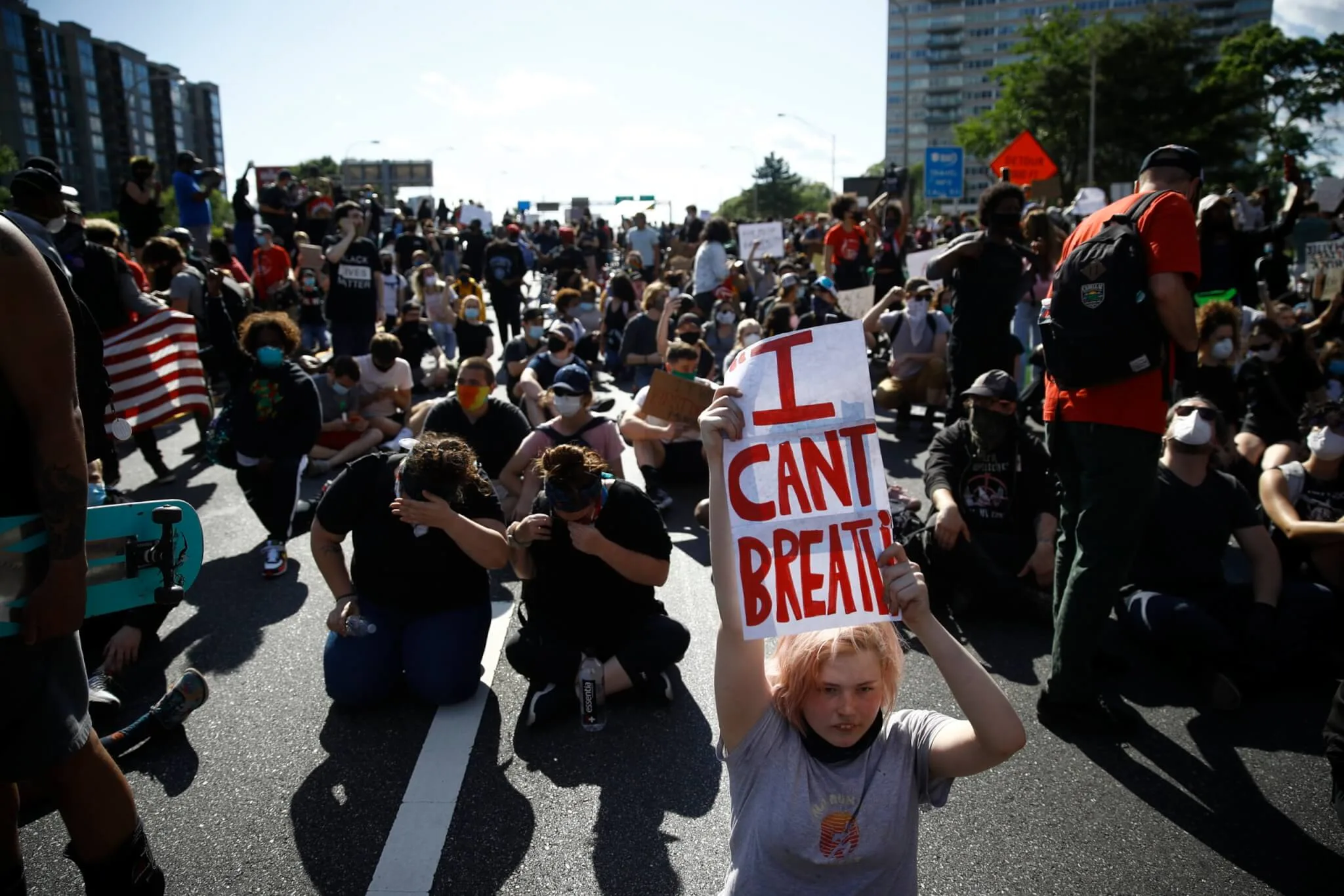
Protesters gather on Interstate 676 in Philadelphia, Monday, June 1, 2020 in the aftermath of protest and unrest in reaction to the death of George Floyd. Floyd died after being restrained by Minneapolis police officers on May 25. (AP Photo/Matt Rourke)
The demonstrations in Camden, New Jersey, have garnered much attention for being peaceful. But some residents say the full picture is more complex.
Lueveria Russell, 83, moved to Camden, New Jersey, as a child in 1944 when her family fled Florida due to racial discrimination and concerns for safety. “We couldn’t really go out and do anything there because it was a risk,” she said in an interview, citing fears of being attacked or worse. “Still to this day, I won’t go back.”
Some aspects of life remained after their move. “Mama and Daddy didn’t let us go to the movies or do after-school sports or anything. We went to school, church, and came home,” Russell said. Because of the hardships they’d endured in the South, her parents were fearful even in a seemingly safer and more welcoming place. She remembers the thriving stores with bright signs that stretched from Broadway to Kaighns Avenue.
But after deadly clashes between community members and police in 1971, those businesses were destroyed and never rebuilt. Protesters were angry over the death of a 40-year-old Puerto Rican man from Camden: Rafael Gonzalez was beaten by police and later died from his injuries.
The clashes—not unlike those seen in Philadelphia recently—lasted for days. The hours overnight were most frightening, Russell recalls, and the effects of nightly violence remained throughout the following day as well. “There was a lot of tear gas,” she said. “You’d ride through [the lingering cloud] on the bus every day. It was real bad.”
The mayor at the time implemented a state of emergency and an 8 p.m. curfew. Sniper gunfire could be heard in various spots throughout downtown. According to the New York Times, the events resulted in 300 arrests, 100 injuries, and property damage estimated at $1 million.
Nearly 50 years later amid civil unrest that has taken the country by storm, Camden residents remain concerned about inequity and conflicts with police that occur within the city. But last weekend, when protesters marched to call for justice for George Floyd and other Black men and women lost to police violence, tear gas wasn’t involved.
That’s because city leaders walked with protesters—some with fists raised and many participating in Black Lives Matter chants. “It wasn’t exactly a protest,” said John Royal, another Camden resident. “It was more like a parade of solidarity.”

Many residents expressed hope that because of this, their concerns about police brutality won’t be ignored by those who have the power to ensure these tragedies won’t happen in their city again. Elected officials and Democratic committee leaders spoke at the event to note their care for residents.
Later, New Jersey Gov. Phil Murphy called the demonstration “a transformational moment.”
But Kevin Barfield, president of Camden’s local NAACP branch, pointed out that community members who are not politically connected are often voiceless because they aren’t given the mic. “Camden is in chaos,” he said. Referencing Saturday’s march, he added, “This picture doesn’t speak to the full story of what’s happening in the city.”
—
Just across the bridge in Philadelphia, the scene every day since the rallies began has been similar to Camden’s historic past.
On Saturday, protesters marching across Vine Street were met with police who used bikes as barricades. A tear gas canister was deployed, and amid the confusion, the first police car to catch fire was engulfed.
Chaos followed as protesters moved back toward City Hall. There, they were met with a SWAT vehicle spraying pepper spray and tear gas into the crowd. Protesters blocked the narrow holes where spray is deployed by using traffic cones and a sign. Eventually, the SWAT van left and protesters set fire to multiple police cars, a storage unit that held barricades, and a Starbucks.
RELATED: How Gov. Wolf Is Pushing for Police Reforms
They also tagged the statue of Frank Rizzo with red paint on his face and hands. For many, the former police commissioner turned mayor represents the city’s racial divide, police brutality, and systemic oppression of Black people. The statue has since been removed.
Clashes have continued during each day of protests in Philadelphia. As of Wednesday, there were at least 703 arrests since the protests began, and more demonstrations are planned for Friday.
It is unclear how decisions are made about when and where to deploy SWAT teams, but they have frequently been utilized.
Additionally, Mayor Jim Kenney and Police Commissioner Danielle Outlaw have sanctioned the use of tear gas—including on protesters on I-676, despite lacking evidence that protesters escalated the situation to warrant this type of force. Meanwhile, groups of white men have been seen patrolling the streets with weapons—including assault rifles.
Kenney said that this kind of behavior highlights the racial divides that exist within communities. He has since imposed a curfew on Philadelphia residents, which has been strictly enforced by arrest.

—
Like Philadelphia, Camden also has a problematic history of corrupt power structures, police misconduct, and racial tension that continues today, Barfield of the NAACP said. A monopoly of power and resources is held by those with political connections, he explained, and those in leadership positions celebrate development in the city despite gentrification forcing people into homelessness or out of the city and into rural areas. Camden also still lacks a grocery store.
“We [saw] how broken the system is during COVID-19,” Barfield said. Despite approximately 30% of residents lacking transportation, city leadership has only recently implemented neighborhood testing sites. “It’s two months behind.”
Additionally, Barfield said the police department lacks transparency when it comes to incident reports that document conflicts between police and residents. The NAACP has requested the development of a resident advisory board to include community members who are not politically connected to review claims about police misconduct.
Earlier this year, several Camden County police officers as well as the former police chief were named in a civil lawsuit filed by a resident who alleges he was punched while he was “unarmed, passively laying on his stomach, with three fully trained and armed police officers sitting on his back,” the Courier-Post reported.
But Camden has also been touted as a model for police reform across the country. In 2015, former President Barack Obama called it “a symbol of promise for the nation.” By 2019, the number of homicides had fallen from 67 in 2012 to 25 in 2019.
The county’s practical policy highlights the importance of using force only as a last resort, training officers in methods that improve communication—including verbal rather than physical tactics, how to evaluate threat levels, and the consideration of a person’s mental and physical health as well as disabilities.
On Sunday, a day after the protest, police officers underwent a de-escalation training.
Additionally, county spokesman Dan Keashen told the Courier Post that the police department is now 54% minority. Many reform advocates believe police forces should reflect the citizens they’re policing; according to 2019 U.S. Census estimates, Camden is 42% Black, 50% Hispanic, and 22% white.
However, Darnell Hardwick, also of the NAACP, said that county data about the police force is often misrepresentative. Minority officers in Camden City once represented 71% of the force—but that number dropped significantly when the city disbanded its local police department in 2012 and moved to a county force, he said.
Royal, the younger city resident, expressed mixed feelings about police participation in Camden’s recent demonstrations, and said he hopes their involvement came from a genuine desire to address police brutality. “I like Chief Wysocki and I think under his leadership, the entire culture of policing will [continue to] change in Camden,” he said, referencing Police Chief Joseph Wysocki, who joined the front line of Saturday’s march.
Russell, who experienced the 1971 demonstrations, said she’s relieved the gatherings have not escalated. “Everyone knows how they want to be treated. It starts with the Golden Rule,” she said. Police marching in unity with residents, she continued, sends the message that both sides can trust each other.
But Russell doesn’t feel like the work is over in Camden either. She still thinks dissolving the city’s police force to expand to a county department wasn’t the right move for local residents. “These officers don’t live in Camden, so what happens here is less precious to them.”
Nevertheless, she does think current city officials are more prepared for a healthy conversation about what needs to be done to address systemic racism and the safety of all residents—especially compared to years past.
Residents and city leaders across the nation need to come together, physically and emotionally, she said. “[Marching together] is them reaching out to one another to find common ground—but they’ve gotta keep reaching in deeper.”
Politics
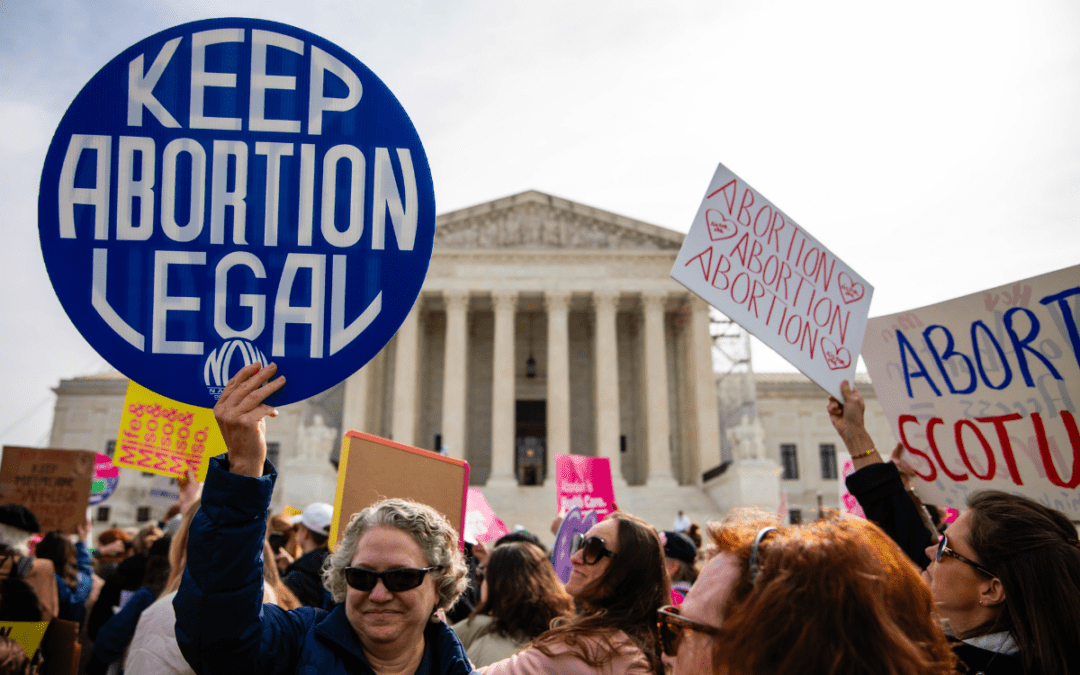
How Project 2025 aims to ban abortion in Pennsylvania
Former president Donald Trump said abortion was a state’s rights issue recently, but conservative organizations, under the banner “Project 2025,”...
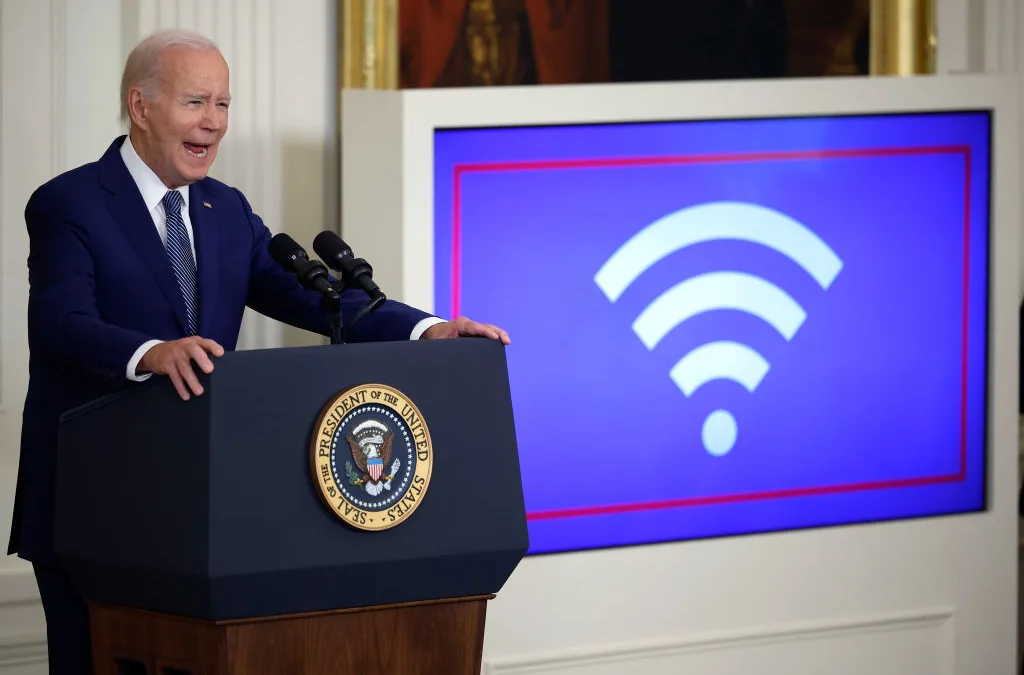
736,000 PA households could lose crucial help on their internet bills
Time is running out for the Affordable Connectivity Program, which provides low-cost high speed internet access for over 736,000 Pennsylvania...
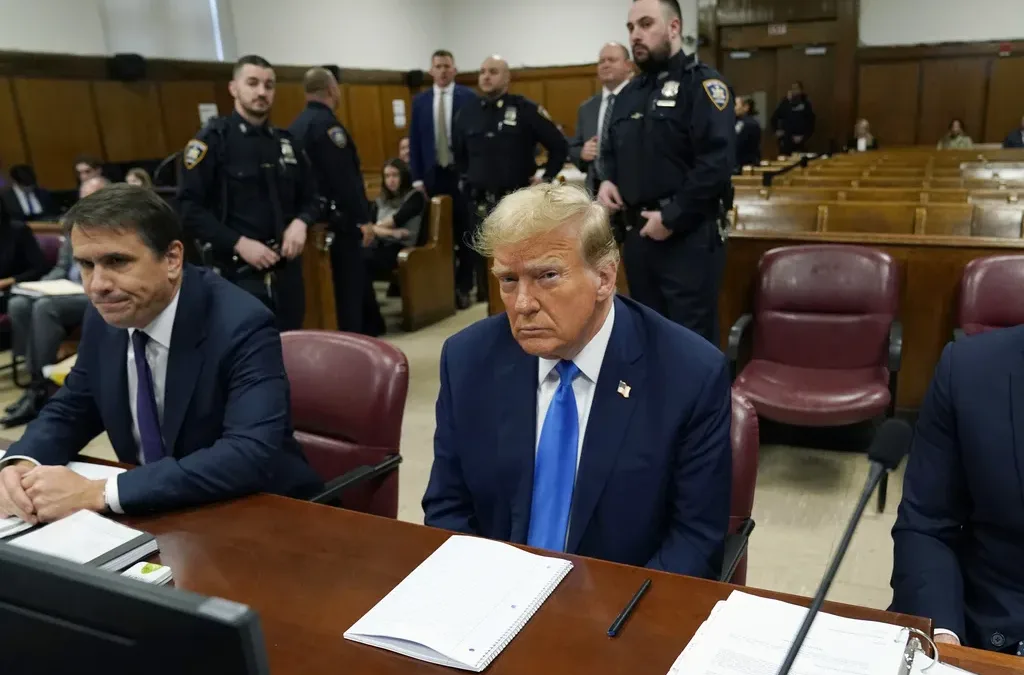
What to know about Trump’s legal issues
Over the past year, former president Donald Trump has become the center of not one, not two, not three, but four criminal investigations, at both...
Local News

Conjoined twins from Berks County die at age 62
Conjoined twins Lori and George Schappell, who pursued separate careers, interests and relationships during lives that defied medical expectations,...
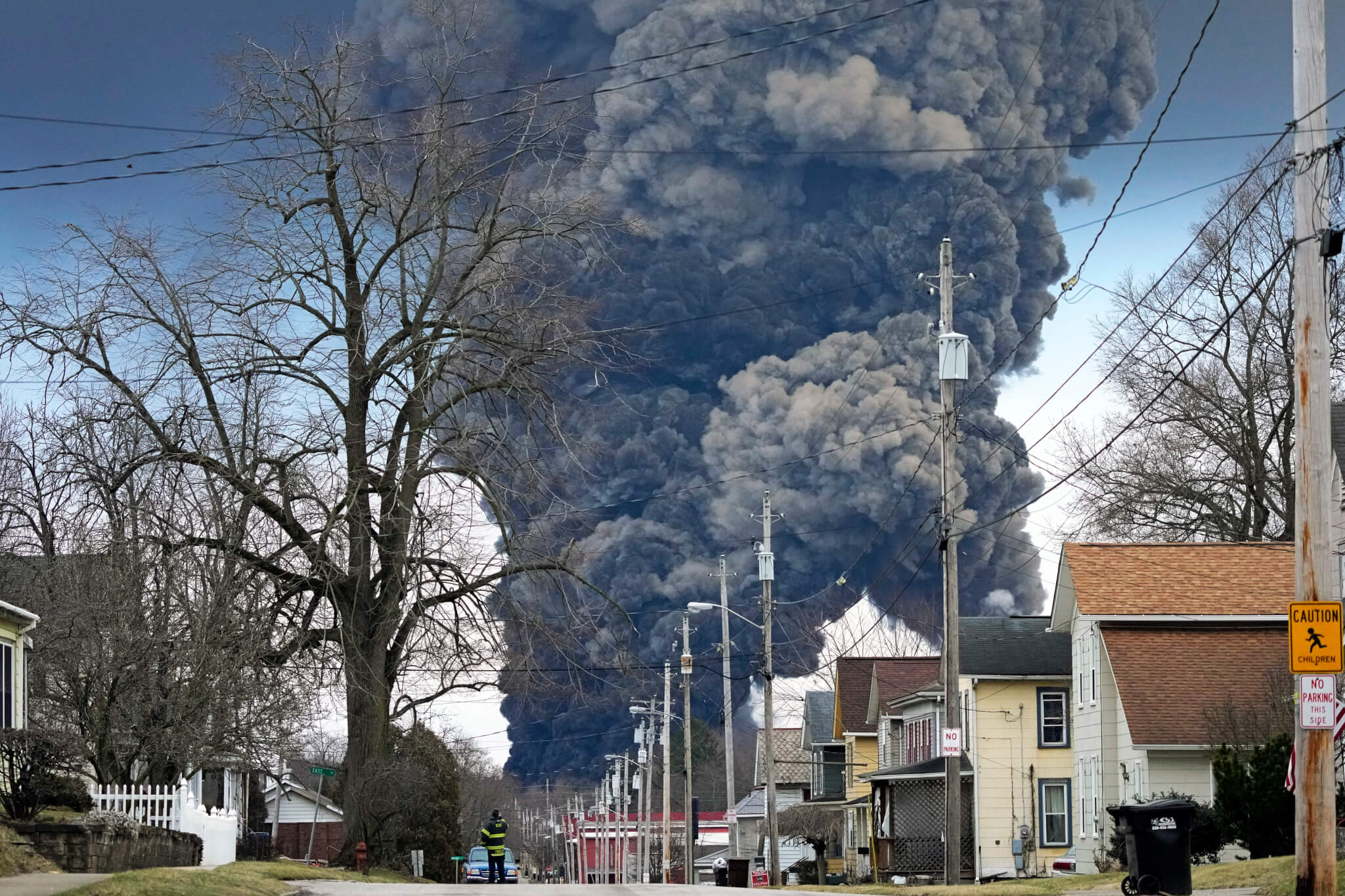
Railroad agrees to $600 million settlement for fiery Ohio derailment, residents fear it’s not enough
Norfolk Southern has agreed to pay $600 million in a class-action lawsuit settlement for a fiery train derailment in February 2023 in eastern Ohio,...





